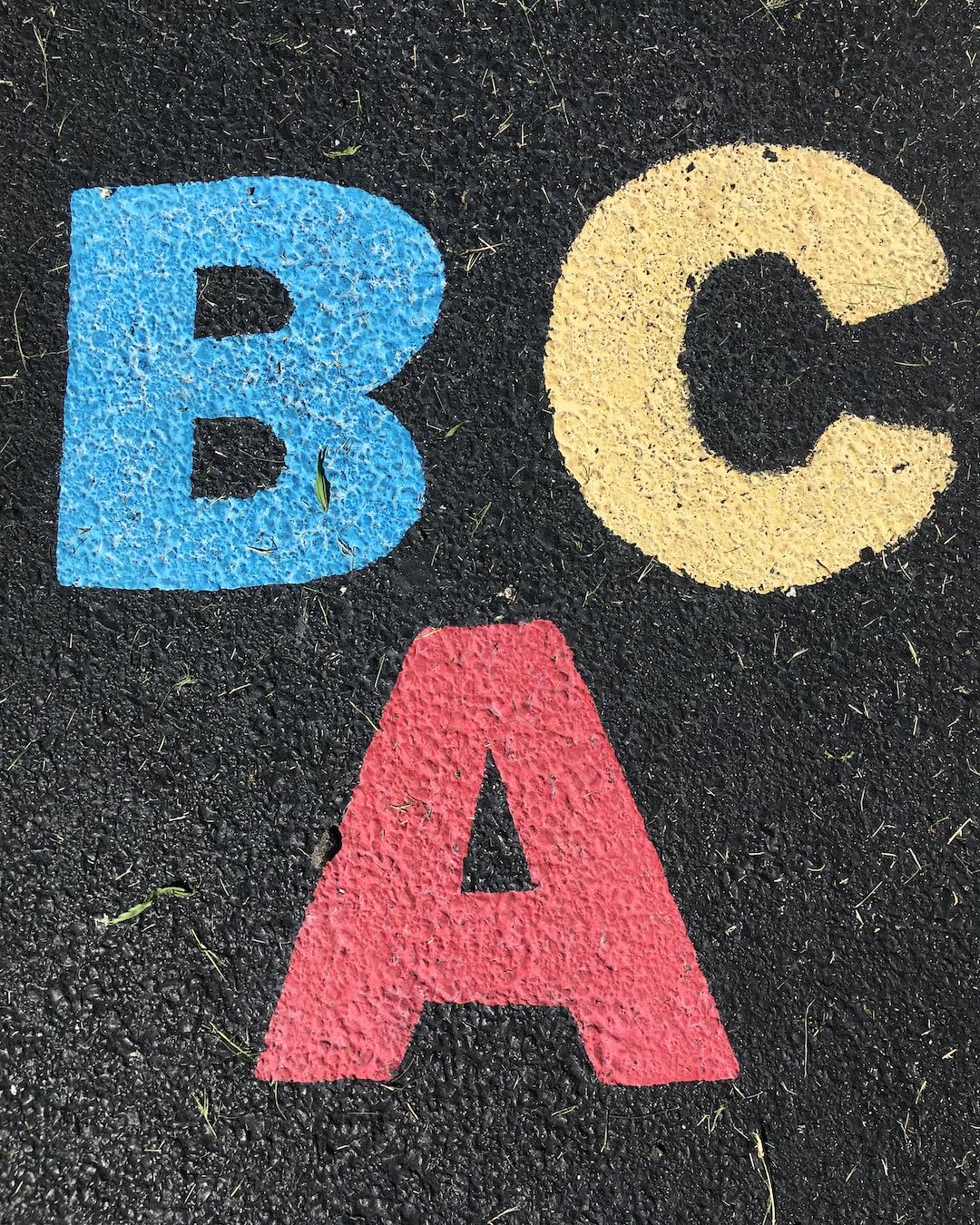Introduction
Table of Contents
In today’s interconnected world, the allure of adding another language to one’s skillset in a short time frame is quite powerful. At the center of this linguistic ambition lies the question: Can you learn a language in a year? The truth is that the pace at which one learns a language varies greatly and depends on several factors, from innate cognitive abilities to the environment we immerse ourselves in. This article aims to explore the various elements that contribute to how swiftly one can go from novice to proficient in a new language within twelve months.
The Science Behind Language Learning
Understanding Neuroplasticity
At the core of our ability to pick up a new language is neuroplasticity, the brain’s impressive capability to form new neural connections at any age. This adaptability allows us to absorb and retain new languages, hinting at the possibility that learning to communicate in a different tongue efficiently is feasible, if given the right stimulation and practice.
The Role of Age in Language Acquisition
It’s a common belief that children are naturally better language learners, displaying an ease in adopting new accents and grammatical structures. While there’s some truth in this, adults are equipped with distinct advantages, such as a deeper understanding of learning techniques, potentially speeding up their language learning timeline.
Memory and Language Retention
Memory plays a crucial part in language retention, with various memory types involved in the process. Strategies that strengthen memory, like using spaced repetition systems or creative mnemonics, support the argument that a methodical approach can significantly enhance the ability to learn a language quickly.

Defining Language Proficiency
Fluency vs. Proficiency
Understanding the difference between fluency and proficiency is vital for language learners. While fluency is about the smoothness of speech, proficiency is a broader measure encompassing all areas of language use. Aiming for proficiency typically requires a more extensive learning period but results in a more comprehensive grasp of the language.
Language Levels and the Common European Framework of Reference
The CEFR offers a standardized scale for gauging language ability. Knowing where you want to be on this scale within a year is key to structuring an effective language learning plan to meet your goals.
Factors Influencing Language Learning Speed
Individual Learner Differences
Each person’s language learning experience is unique, influenced by factors such as previous language exposure, individual learning preferences, and even personal circumstances that can either foster or hinder language acquisition pace.
Quality and Quantity of Immersion
Immersion is vital to swift language acquisition. The richness of one’s exposure and the time invested in interacting with the language greatly impact how fast someone can learn. Consistent and quality immersion can considerably quicken the learning process.
The Importance of a Structured Approach
Having a clear, structured strategy to language learning is like having a map: it directs efforts toward productive study, preventing learners from getting lost in less effective practices. A well-planned study routine can make for more efficient progress toward language proficiency.

Strategies for Accelerated Language Learning
Immersive Learning Techniques
Adopting immersive learning techniques, such as attending language cafes or engaging with media in the target language, can foster quicker fluency as learners actively put the language into practice in everyday situations.
Utilizing Technology and Resources
The rise of digital tools has transformed the language learning landscape. Leveraging apps and online resources can create an interactive and personalized study environment, potentially hastening the path to language proficiency.
Intensive Language Courses and Tutoring
Intensive courses and one-on-one tutoring sessions offer focused study environments that can lead to noticeable improvements in language ability over shorter periods, especially when combined with a learner’s strong commitment.
Realistic Goals and Setting Milestones
SMART Goal Setting in Language Learning
Employing SMART goals in language learning provides direction and a measurable path to success, keeping learners accountable and focused on their objective to gain fluency within a year.
Importance of Consistency and Routine
Establishing a consistent routine is the backbone of language learning. Engaging with the language on a daily basis can lead to significant progress over time and is essential for deeply embedding the language into one’s memory.
Monitoring Progress with Milestones
Recognizing and celebrating milestones is not only motivating but also offers valuable feedback on one’s language learning strategies and can indicate when it may be time to adjust the course of learning.
Challenges and How to Overcome Them
Common Pitfalls in Language Learning
Challenges such as effective time management and overcoming learning plateaus can hamper language acquisition. Recognizing these challenges early on is crucial for maintaining progress.
Motivation and Overcoming Plateaus
Persistence in the face of difficulties is essential. Employing varied learning materials and reminding oneself of the ultimate goal can help maintain motivation and push through periods of slow progress.
Dealing with Frustration and Burnout
Frustration and the risk of burnout are real concerns for language learners. It’s important to watch for these signs and take proactive steps like adjusting one’s goals or taking breaks to refresh one’s zest for learning.

Success Stories: Language Learning in One Year
Case Studies of Rapid Language Learners
There are many inspiring examples of people who have managed to learn a language in a year. These success stories often highlight the importance of consistent practice and adapting learning strategies to one’s personal circumstances.
Analysis of Successful Language Learning Methods
Exploring a range of effective language learning methods illustrates that successful learners often customize their approach to fit their individual needs and preferences.
Inspiration vs. Reality: Learning from Others’ Experiences
While success stories are motivating, it’s crucial to remain realistic and understand that not every method is suitable for everyone. Learning from a broad spectrum of experiences can offer comprehensive insights into achieving rapid language acquisition.
Conclusion
To sum up, while the goal of learning a language in a year is ambitious, it is not unattainable. Success hinges on adopting personalized strategies, maintaining steady motivation, and managing realistic expectations. Each learner’s path is distinct, and acknowledging that there’s no one-size-fits-all solution is important. Nevertheless, with a well-considered approach and the right tools, embarking on a language learning journey can lead to significant accomplishments, including possibly reaching fluency in just one year.
FAQ: Can You Learn a Language in a Year?
Is it really possible to become proficient in a new language within a year?
While learning a language in a year is an ambitious target, it’s certainly achievable with a dedicated and tailored approach. Factors like the intensity of study, methodical learning strategies, and consistent practice play crucial roles in reaching proficiency within this timeframe.
What are the key factors that affect the speed of language learning?
Several pivotal factors come into play, including the individual’s prior language experience, learning style, daily immersion quality, structured study plans, and personal circumstances such as time availability and motivation levels.
Can adults learn a language as quickly as children?
Indeed, adults can learn languages swiftly, often aided by their understanding of learning strategies and life experiences. They might not mimic native-like accents as easily as children, but they can utilize structured learning to potentially accelerate their progress.
How can technology help in learning a language more quickly?
Digital tools and resources, like language learning apps and online platforms, offer interactive experiences and personalized environments that can aid in learning a language more efficiently, often in fun and engaging ways.
Are intensive language courses worth the investment for rapid learning?
Intensive courses and personal tutoring can be highly effective, particularly when complemented by a learner’s strong commitment and regular practice. These focused environments can lead to noticeable language skill improvements in a shorter span of time.